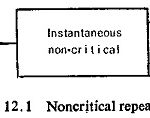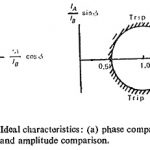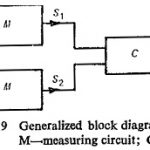Basic Static Relays in Protective System Articles:
Basic Elements of Static Relay: The basic elements of a static relay are namely, Input Element: Mixing circuits are needed to sum the input signals in a convenient form. Semiconductor circuits are suited to the use of summing junctions, well-known in the analog … (Read More)
 Overcurrent Protection Relay in Power System: The technique of Overcurrent Protection Relay in Power System is still widely used as a means of detecting faults on distribution system and on transmission lines fed from one end. In the case of lines … (Read More)
Overcurrent Protection Relay in Power System: The technique of Overcurrent Protection Relay in Power System is still widely used as a means of detecting faults on distribution system and on transmission lines fed from one end. In the case of lines … (Read More)Differential Protection Relay in Power System: A Differential Protection Relay in Power System scheme compares quantities derived from the input and output currents of the protected circuit in such a manner that, for all healthy system and through fault conditions, the … (Read More)
Static Distance Protection Relay: Static Distance Protection Relay are characterized by having two input quantities respectively proportional to the voltage and current at a particular point in the power system, referred to as the relaying point. The ideal forms of such … (Read More)


